The post 11 Ways to Overcome Creative Blocks as a Photographer appeared first on Digital Photography School. It was authored by Megan Kennedy.
Creative blocks can happen to everyone, including us photographers.
Fortunately, there are numerous ways to combat that dreaded phenomenon.
So here are 11 ways to overcome creative blocks as a photographer!

What is a creative block?
The term creative block describes a condition that ranges from having difficulty coming up with new ideas to being completely unable to produce useable creative work.
Some common triggers for creative blocks include timing, stress, boredom, fatigue, fear, and anxiety.
However, there are many simple methods that can help tackle this beast head-on.
1. Get some rest
The creative process (and daily life in general) can take both a mental and physical toll, and one of the key factors that can trigger a creative block is fatigue.
Making time to recuperate is not only good for the creative process, but for mental health overall.
2. Write
The written word is a powerful tool, and one of the many ways to overcome creative blocks. Actively maintaining a notebook full of creative ideas can come in handy in the event of a creative lull. Keeping a journal, blogging consistently, or even doing creative writing can help remove a creative barrier.
Brainstorming is another written exercise that prompts creative thinking. Select an aspect of photography and write down as many associated ideas and phrases as possible within a short amount of time. Often the results can deliver unique new creative perspectives.
3. Listen to music
It’s been scientifically proven that music can help calm activity in the brain, reducing anxiety and restoring emotional balance.
So whether it’s listening while at work, rest, or play, music can aid in restoring creative flow.

4. Sketch your surroundings
Grab a drawing medium and a sheet of paper (or a tablet, touchscreen computer, etc.) and quickly sketch as much of the surrounding detail as possible for five minutes.
Furniture, cameras, people, shadows, animals, trees, plants, textures…draw anything that makes up the immediate area.
While it may seem simple, making rough sketches encourages mindfulness, utilizes creativity without the pressure of perfection, and reveals the creative possibilities of your surroundings.
5. Have a change of scenery
Even a simple walk in the park has been proven to combat creative block.
After all, new places inspire new thought patterns. A change of scenery is a simple way to get into a more creative mindset.
6. Gear up
One of the ways to overcome creative blocks is to seek out new equipment.
Trying out new gear sounds expensive, but economical accessories like extension tubes, prisms, and filters can have a significant creative influence on photographic practice.
Even old cameras and lenses sourced from thrift stores can present new challenges and opportunities to engage with photography and therefore reinvigorate creativity.

7. Be distracted
Embracing distraction seems a little counterproductive, but putting an uncooperative artistic undertaking to one side for a while can be one of the best ways to combat a creative block.
Taking a break to reset and relax is conducive to a more fluid state of mind. Going for a walk, having a shower, and doing some tidying are all good ways to overcome creative blocks.
8. Seek inspiration
Creative minds feed on inspiration. Reading photography books and magazines, listening to podcasts, and researching artists can all chip away at a stubborn creative block.
Plus, due to the current shutdown, many galleries are creating virtual tours of art spaces online – which is a great opportunity to explore art establishments without leaving the comfort of your own home.
9. Photograph something new
It can be easy to get stuck photographing the same thing all the time. And while there is nothing wrong with specializing, adopting a new subject or technique can help get rid of a creative rut.
Photographing something entirely new not only serves as a refresher but can also build on the skills and habits you’ve previously established. For example, a portrait photographer experimenting with landscape photography can uncover new ways to combine the two in environmental portraiture.
While it can be difficult to take on a new project during a creative rut, doing photography outside your comfort zone can lead to significant artistic breakthroughs. By embracing a new format, photographers can expand their creativity and shift a stubborn creative block.
10. Photograph your favorites

It may seem like this point contradicts item nine above. Nevertheless, we often forget to photograph the very subjects that made us love photography in the first place.
A lull is a great opportunity to return to photographing a neglected favorite subject, rekindling that passion for creative image-making.
11. Make a visual diary
In a creative lull, a good source of accessible inspirational material is invaluable. Visual diaries are collections of visual materials compiled in a comprehensive journal. Consisting of images, notes, samples, scribbles, diagrams, photographs, etc., visual diaries are a manifestation of a photographer’s creative thought processes.
One of the most popular visual diary formats is a simple spiral-bound art book (usually A4 or A5 in size). However, there are other ways that artists can maintain a visual record of artistic processes.
For instance, Pinterest, Instagram, and other online venues are great ways to keep track of inspirational artistic material. In the event of a creative lull, visual diaries are a great resource to look back on, and they can help plan your next creative step.
Ways to overcome creative blocks: Conclusion
While frustrating, creative blocks can represent a good opportunity to expand on creative practice.
From resting to listening to music to trying a new technique, there are many ways to overcome creative blocks – while building on personal creative processes at the same time.
Now over to you:
Do you have any tips for getting rid of creative blocks? Share them in the comments!
The post 11 Ways to Overcome Creative Blocks as a Photographer appeared first on Digital Photography School. It was authored by Megan Kennedy.















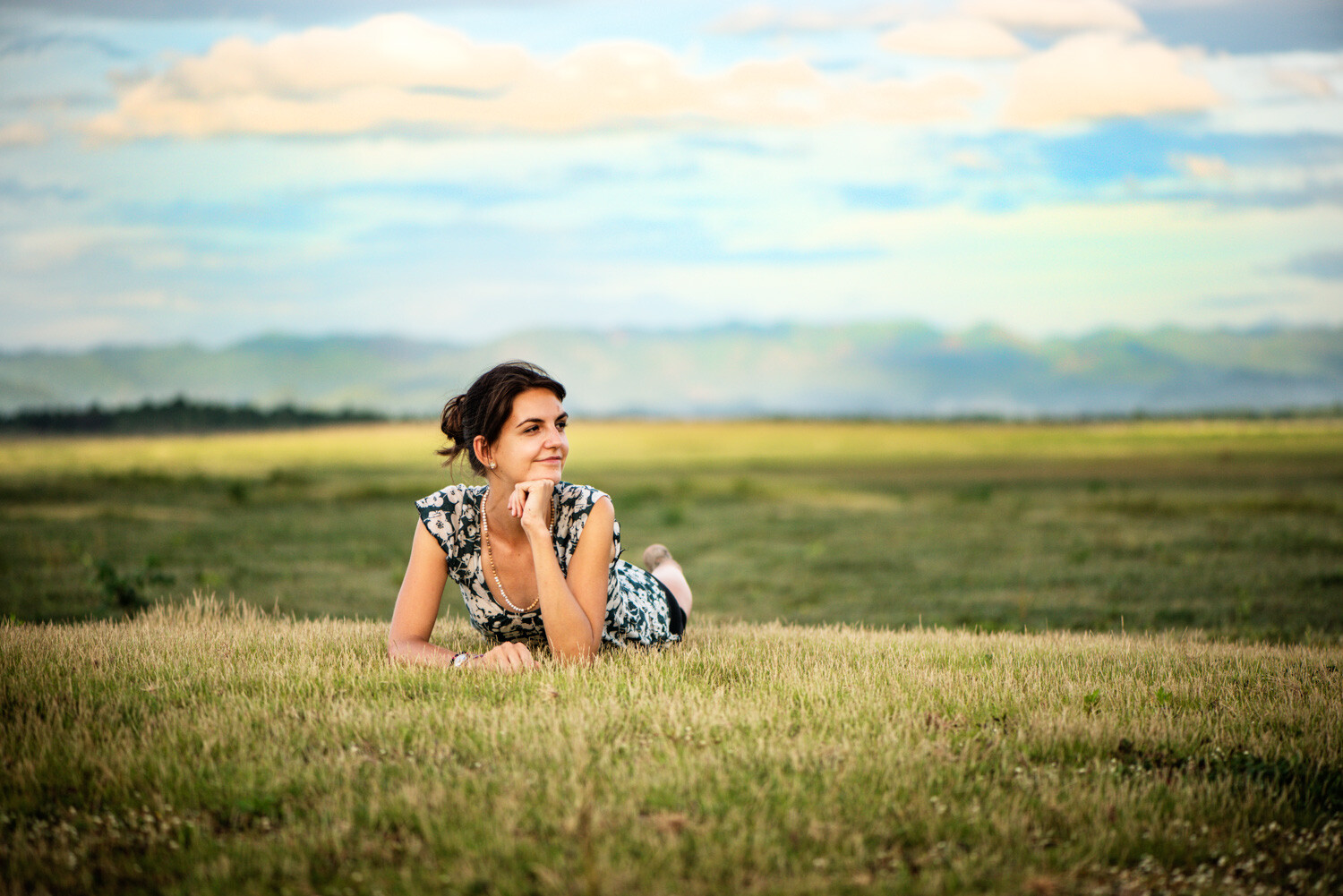














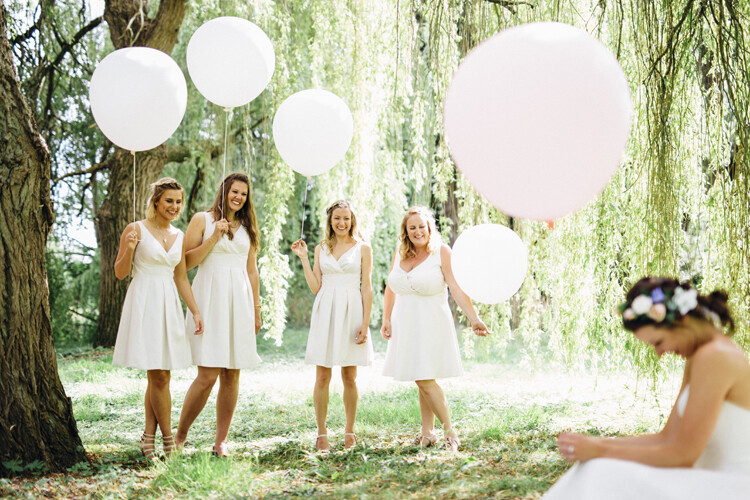
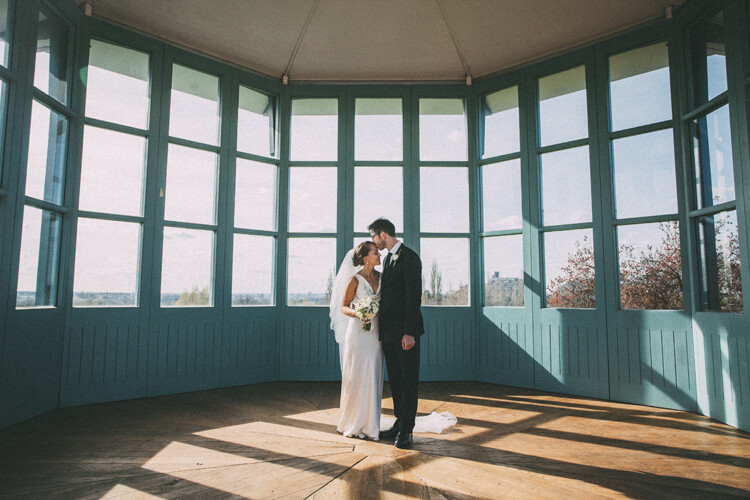







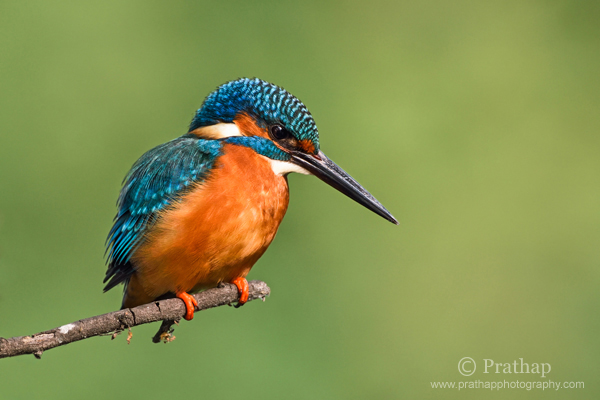
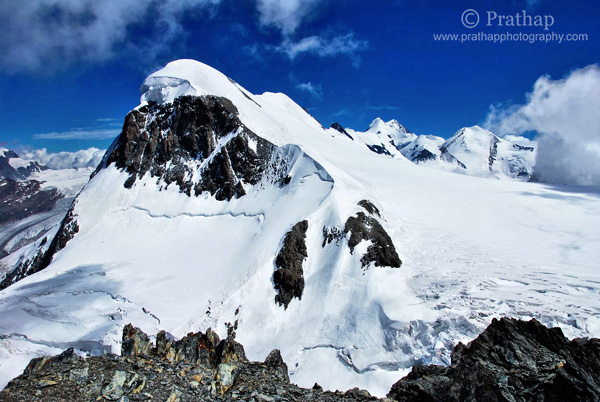
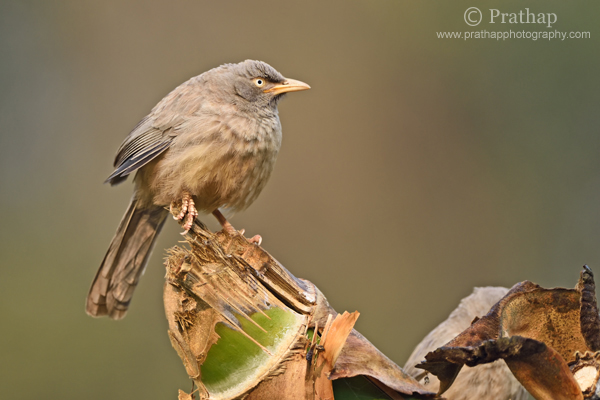
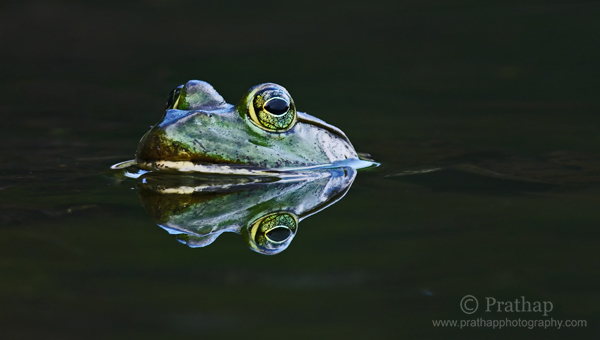

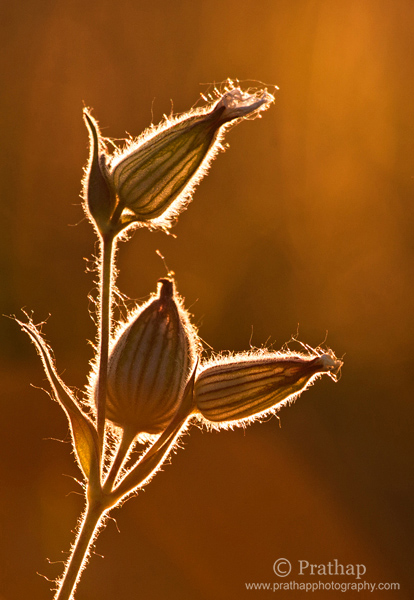



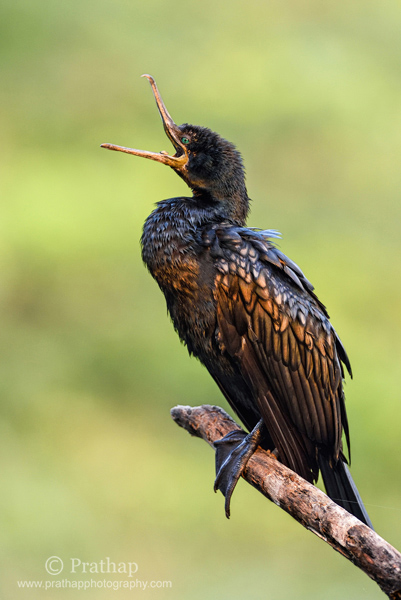



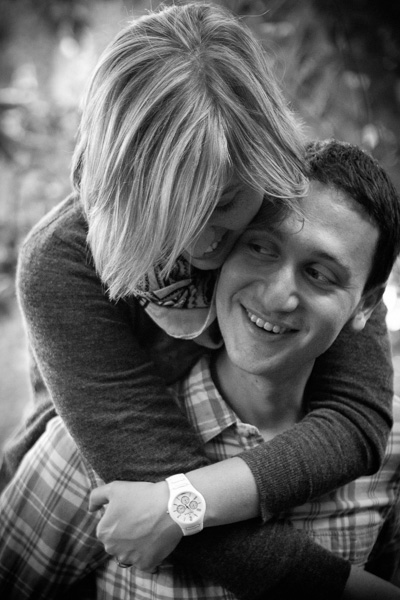
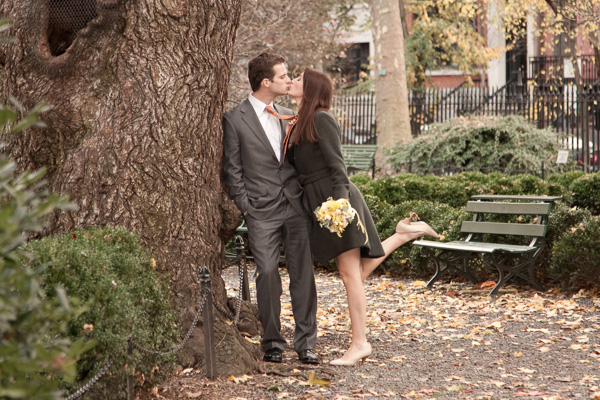

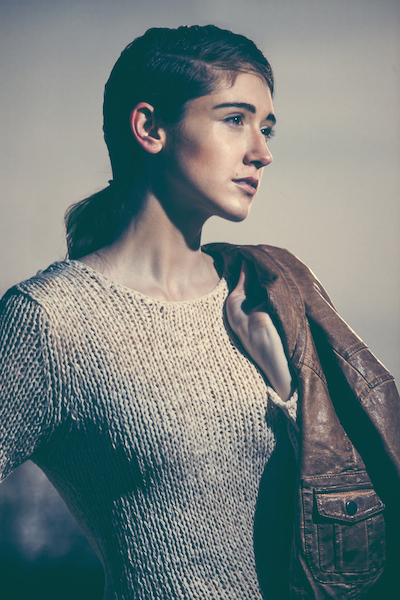
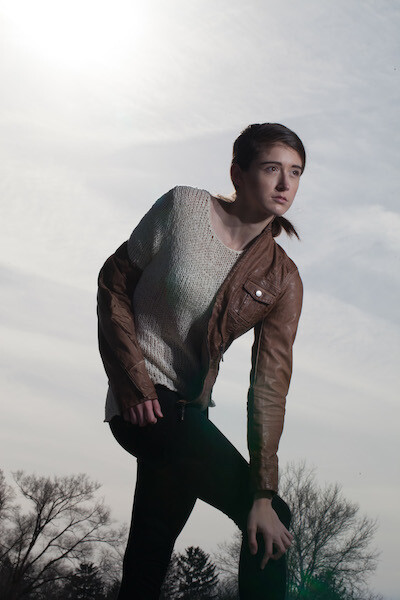
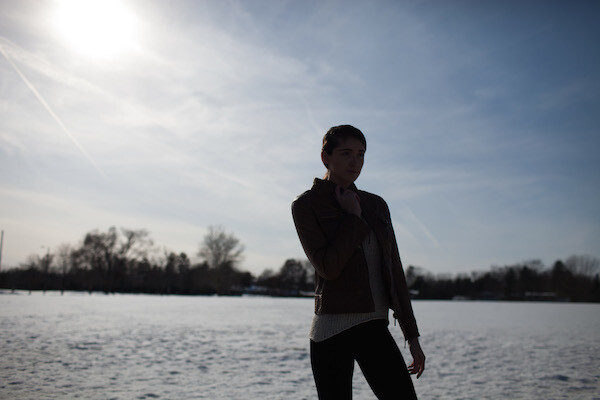

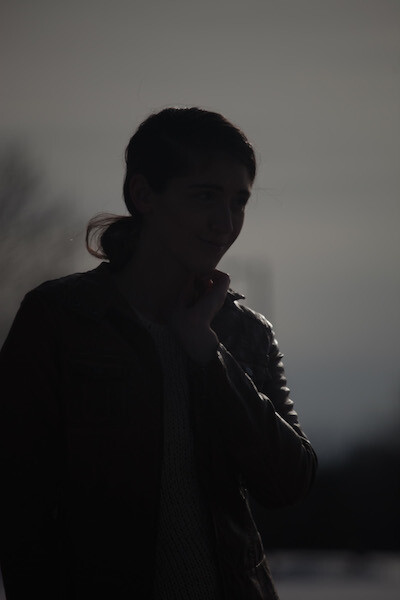
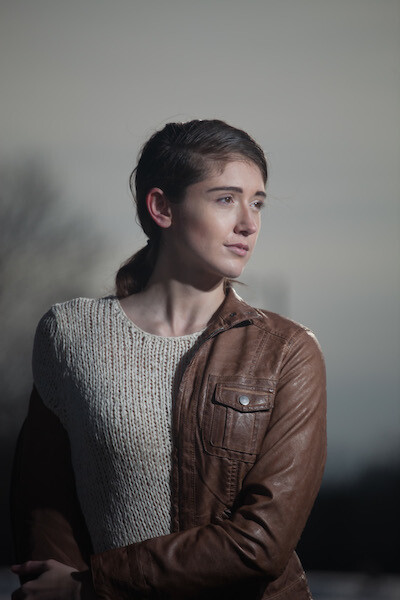




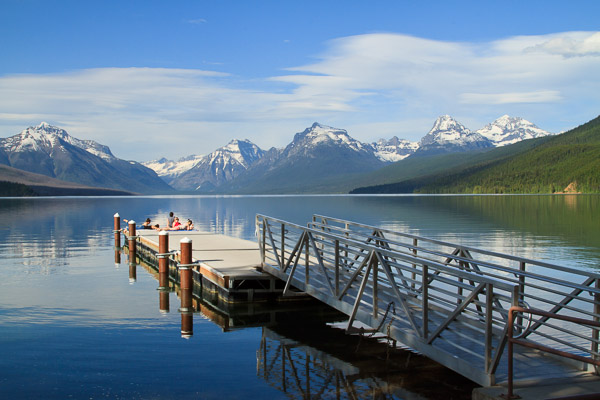
You must be logged in to post a comment.